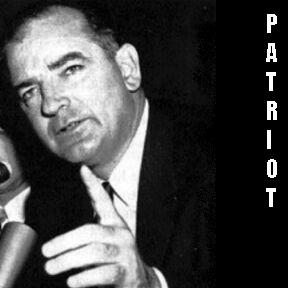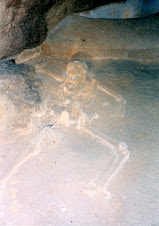- be on Thursday 3/24/11
- be 80 multiple choice questions, with your best 70 graded (aka, "10 bonus questions")
- cover everything in USA history from the time when there wasn't a USA (dinosaurs perhaps, or at least pre-Columbus) through the 1950s (Eisenhower notes)
- be the last grade for the third quarter
Things to Study (in rank order of importance):
- your Unit Tests from 23-26, 27-28, 29-1/2 30, 1/2 30-31, 32-34, 35-36
- your notes on the Cold War, and on Eisenhower
- your Semester 1 Final Exam
- your Quarter 1 Comprehensive Test
- your prayer manual (if you have one)
Good Luck . . . and don't be like Phillip!




























